Propagation is one of the most exciting and rewarding aspects of plant care. Whether you’re multiplying your favorite houseplants, starting cuttings from the garden, or simply experimenting, propagation allows you to expand your collection without buying new plants. However, one of the most common challenges gardeners face is slow or unsuccessful rooting. This is where rooting hormone comes in—it acts as a booster that encourages stronger and faster root development.
In this guide, you’ll learn what rooting hormone is, the different types available, how to use it properly, and best practices to ensure healthy plant growth.
What Is Rooting Hormone?
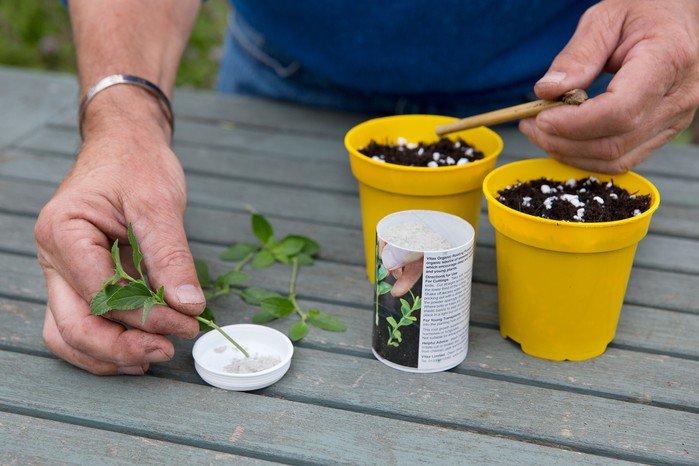
Rooting hormone is a growth enhancer used during plant propagation. It contains auxins, which are naturally occurring plant hormones responsible for stimulating root development. While plants produce auxins naturally, cuttings often struggle because they no longer receive nutrients and hormones from the parent plant. Rooting hormone supplements this deficiency, giving the cutting the extra push it needs to establish roots quickly.
Benefits of Using Rooting Hormone
- Faster root development – cuttings root more quickly than they would naturally.
- Higher success rate – reduces the chances of cuttings rotting or failing.
- Stronger root systems – promotes thick, fibrous roots that anchor the plant better.
- Wider propagation options – helps root species that are typically difficult to propagate.
Types of Rooting Hormones
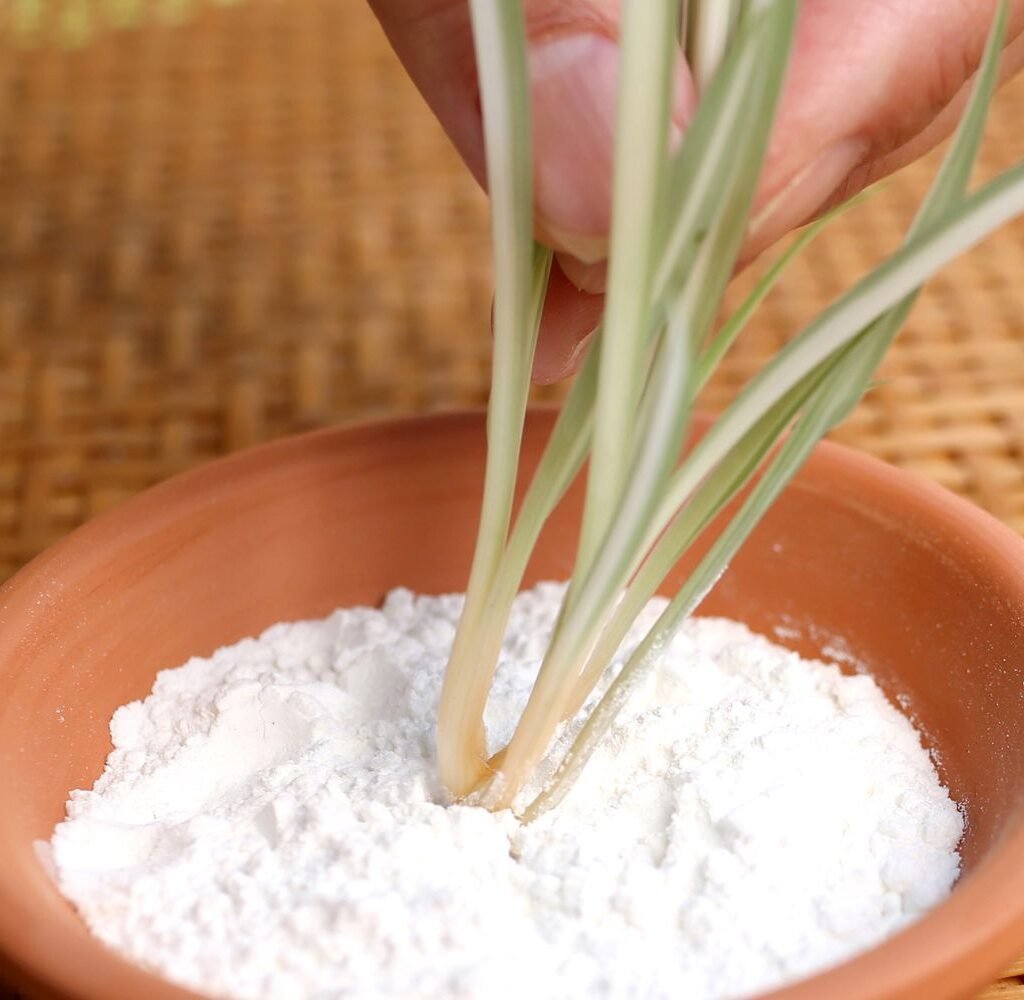
Before using rooting hormone, it’s important to understand the different forms available.
1. Rooting Powder
- The most common type.
- Easy to use—dip the cutting into the powder before planting.
- Often includes fungicides to prevent rot.
- Great for beginners and works on most houseplants and garden cuttings.
2. Rooting Gel
- Provides an even coating that seals the cutting tip.
- Ensures better absorption and protection from diseases.
- Preferred for soft-stemmed cuttings and more delicate plants.
3. Rooting Liquid
- Can be used as-is or diluted depending on plant type.
- Allows soaking cuttings for deeper absorption.
- Useful for commercial or large-scale propagation.
When Should You Use Rooting Hormone?
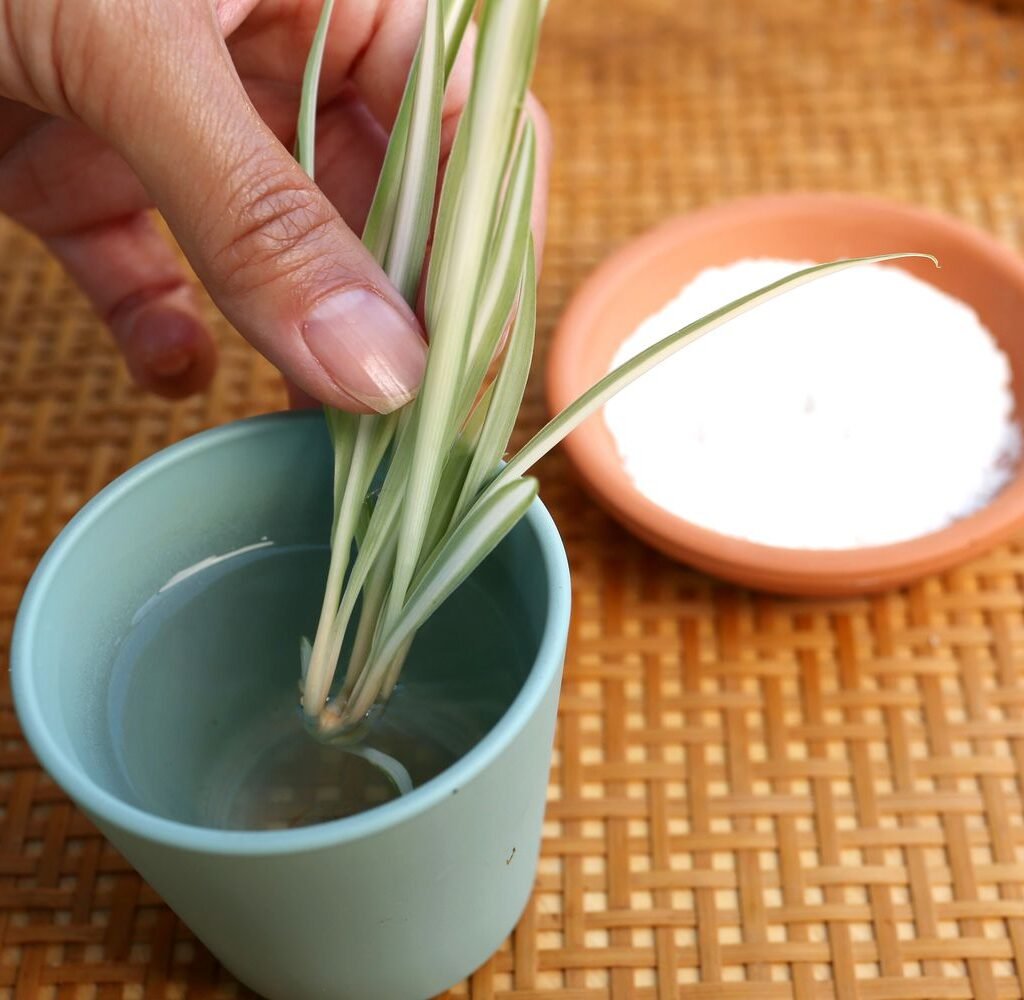
Not every plant requires rooting hormone, but it’s particularly useful when:
- Propagating woody cuttings (like roses or hibiscus).
- Working with plants that are slow to root naturally (like fiddle leaf fig or gardenia).
- Growing cuttings in conditions that aren’t ideal (low humidity, cooler temperatures).
- Propagating expensive or rare plants where you want to maximize success.
Step-by-Step Guide: How to Use Rooting Hormone
Using rooting hormone is simple, but following the correct method ensures the best results.
Step 1: Prepare the Cutting
- Select a healthy, disease-free stem from the parent plant.
- Cut just below a leaf node using sterilized scissors or pruning shears.
- Remove any lower leaves to expose the node (where roots will grow).
Step 2: Moisten the Cutting
- Lightly moisten the end of the cutting with clean water.
- This helps the hormone adhere better.
Step 3: Apply the Rooting Hormone
- For powder: Dip the cutting into the powder, then gently tap off the excess.
- For gel: Dip the cutting directly into the gel for full coverage.
- For liquid: Soak the cutting as directed (usually a few seconds to minutes).
Tip: Never dip cuttings directly into the main container of hormone. Instead, pour a small amount onto a separate dish to avoid contamination.
Step 4: Plant the Cutting
- Place the treated cutting into a pot filled with a well-draining propagation mix (peat moss, perlite, or coco coir).
- Gently press the soil around the stem for stability.
Step 5: Create the Right Environment
- Keep the soil moist but not soggy.
- Provide bright, indirect light.
- Maintain high humidity by covering with a plastic dome or bag.
Step 6: Monitor and Wait
- Depending on the plant, roots can form in 2–6 weeks.
- Check gently for resistance when tugging on the cutting—that’s a sign roots have developed.
Common Mistakes to Avoid When Using Rooting Hormone
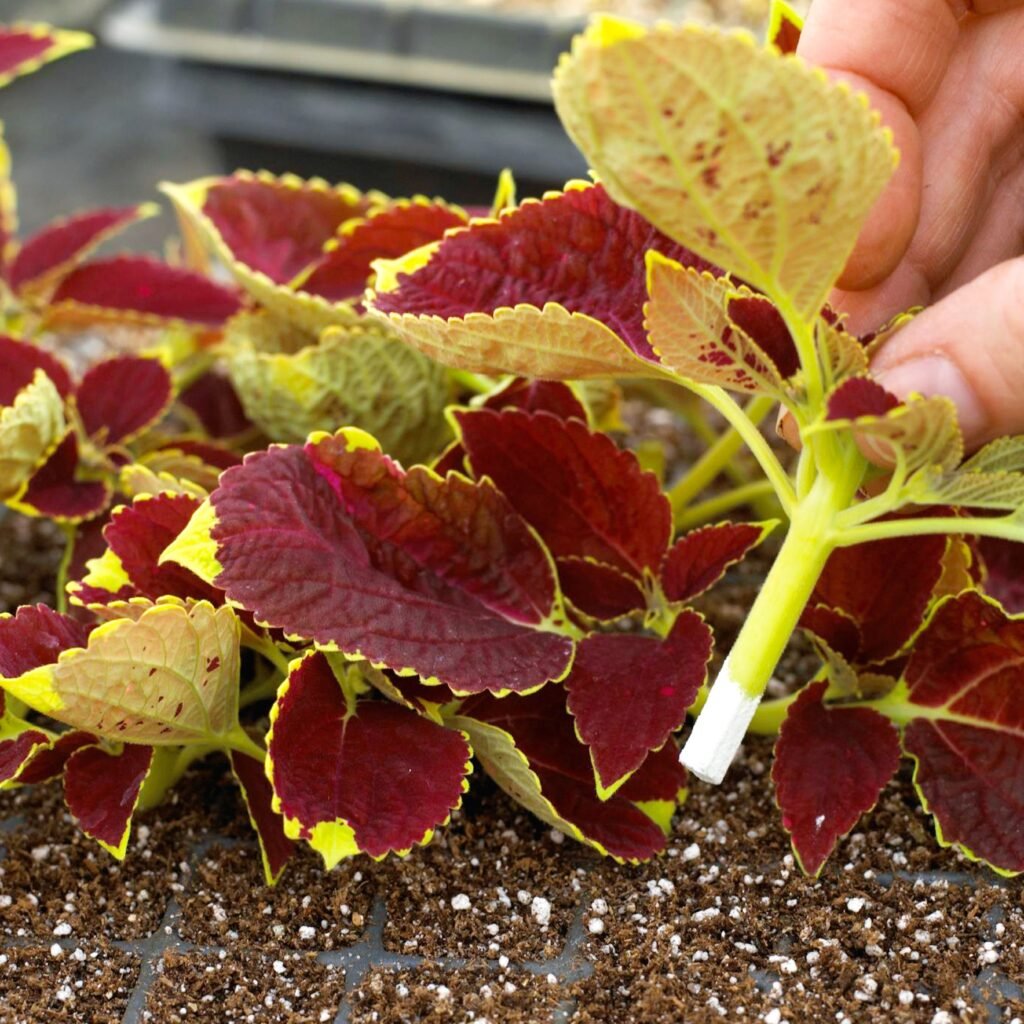
Even though rooting hormone is easy to use, some common errors can reduce its effectiveness:
- Overusing the hormone – Applying too much can actually hinder growth. A light coating is enough.
- Skipping sterilization – Dirty tools can introduce infections that kill the cutting.
- Poor soil choice – Using heavy soil instead of a light propagation mix can suffocate new roots.
- Low humidity – Rootless cuttings dry out quickly without consistent moisture.
- Using expired product – Rooting hormones lose potency over time. Always check expiration dates.
Best Plants to Propagate with Rooting Hormone
While many houseplants root easily without help, others benefit greatly from rooting hormone:
- Pothos – Usually easy, but rooting hormone speeds up the process.
- Philodendron – Especially for thicker stems.
- Fiddle Leaf Fig – A challenging plant that benefits from hormone use.
- Rose – Improves success rates for woody cuttings.
- Snake Plant – Faster root development compared to water propagation.
- Gardenia, Camellia, Hibiscus – Woody ornamentals that need extra rooting help.
Safety Tips When Handling Rooting Hormone
Rooting hormone is generally safe, but it’s best to handle it carefully:
- Wear gloves to avoid skin irritation.
- Avoid inhaling powders.
- Wash hands thoroughly after use.
- Store in a cool, dry place away from children and pets.
Alternatives to Commercial Rooting Hormones
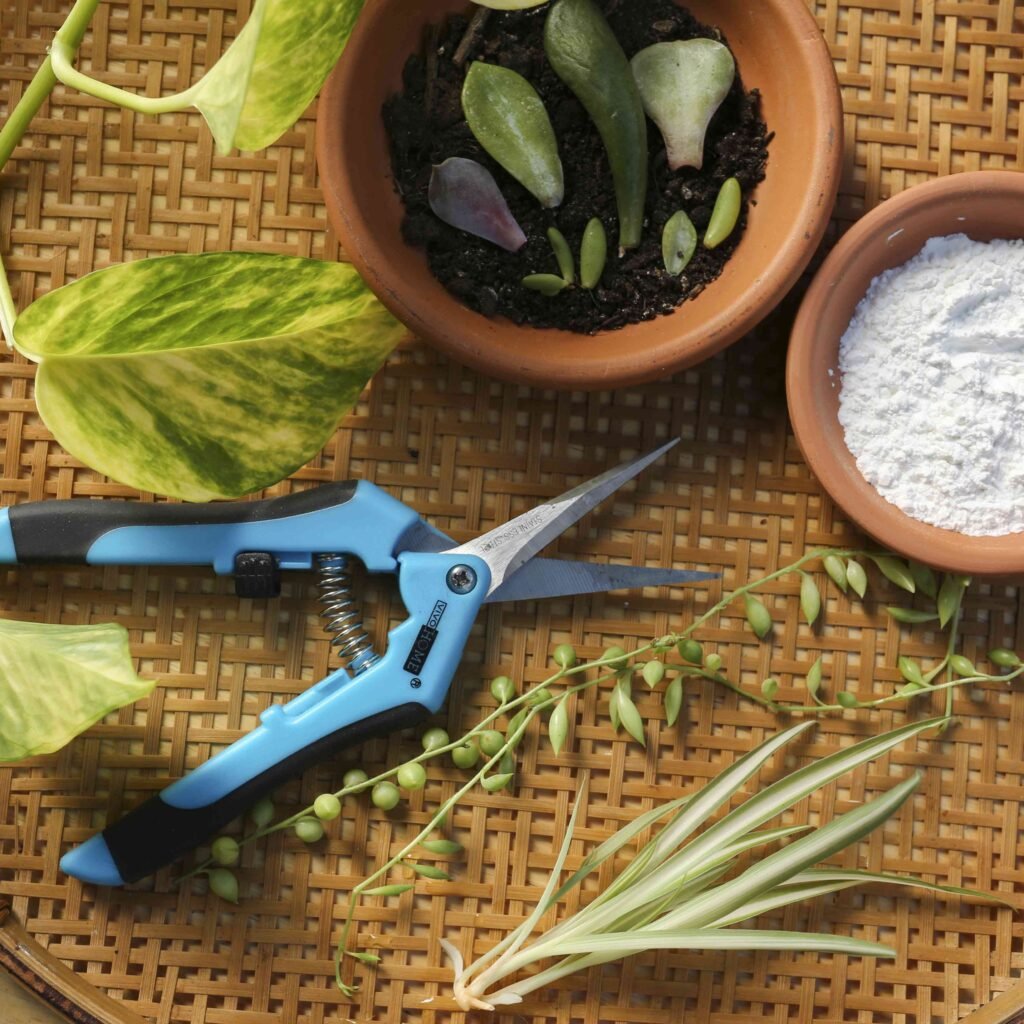
If you prefer natural methods, several household items can mimic rooting hormone properties:
- Cinnamon – Acts as a natural antifungal and mild stimulant.
- Honey – Protects cuttings from bacterial infections.
- Aloe Vera Gel – Contains natural compounds that encourage rooting.
- Willow Water – Soaking willow branches in water releases natural auxins.
While these aren’t always as effective as commercial rooting hormones, they are good eco-friendly alternatives for easy-to-root plants.
Conclusion
Rooting hormone is an invaluable tool for gardeners who want to increase their propagation success and grow healthy plants faster. By selecting the right type (powder, gel, or liquid), preparing your cuttings properly, and providing the right environment, you can turn even tricky cuttings into thriving new plants.
Whether you’re expanding your indoor jungle, sharing plants with friends, or experimenting with difficult-to-root species, rooting hormone can be the secret ingredient that transforms your propagation results.
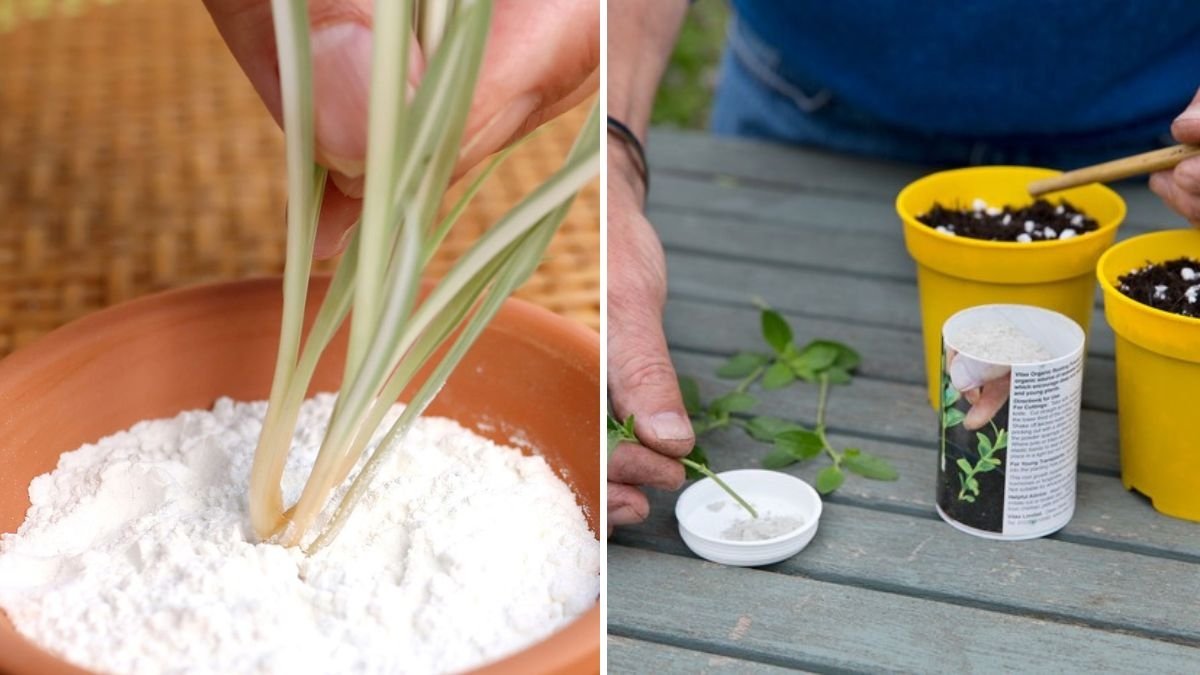




Leave A Comment